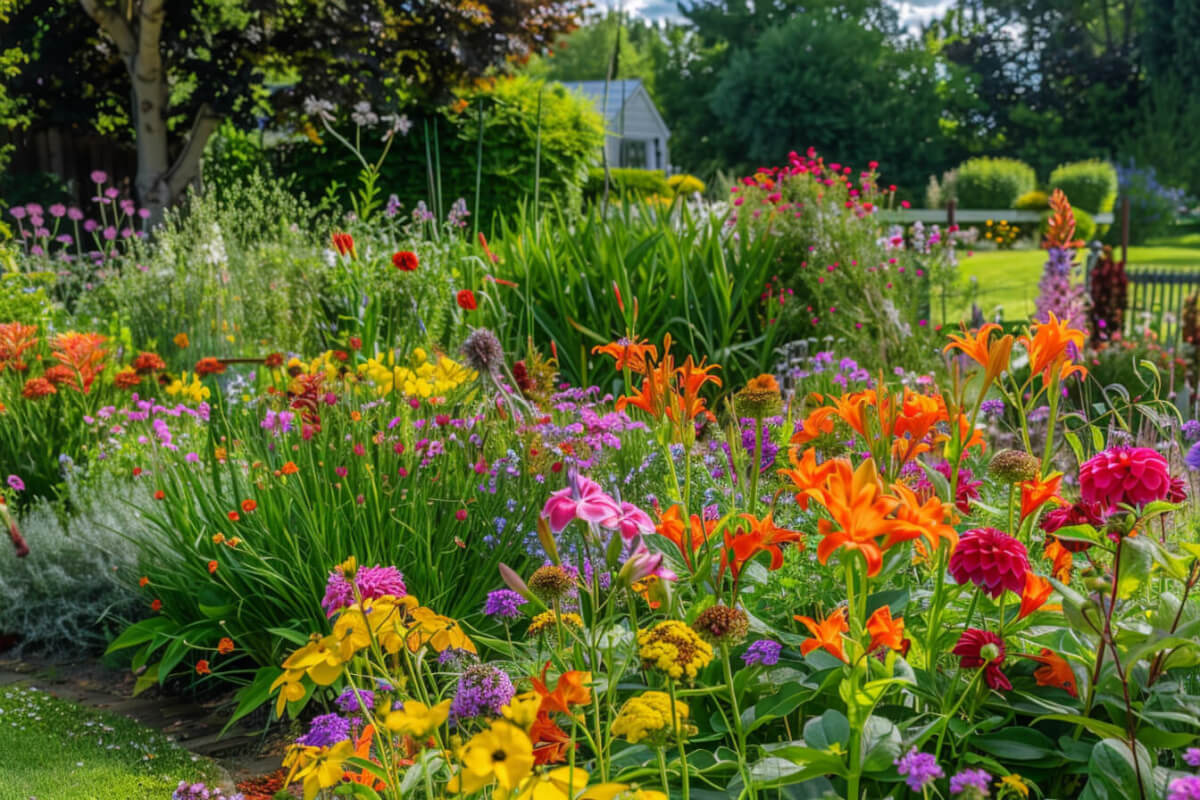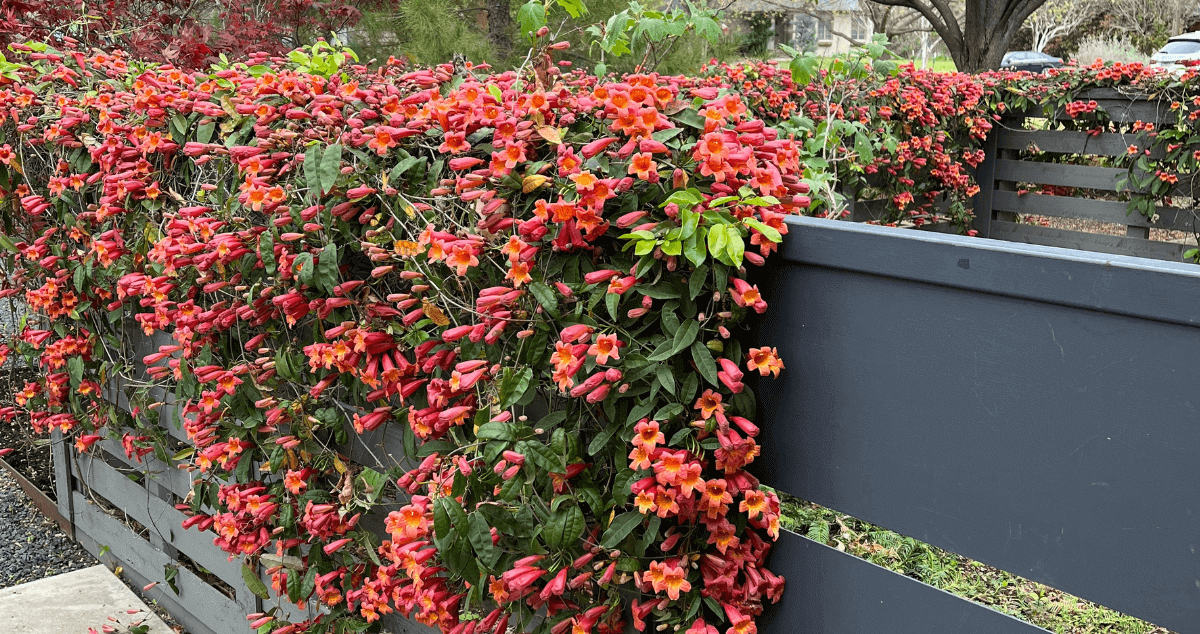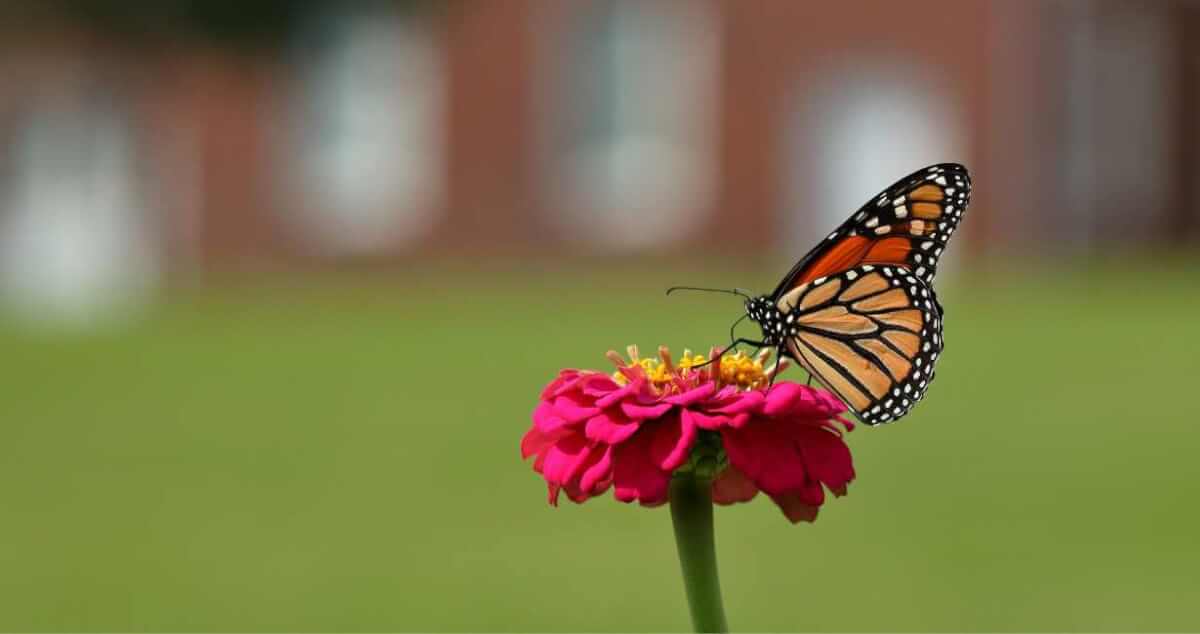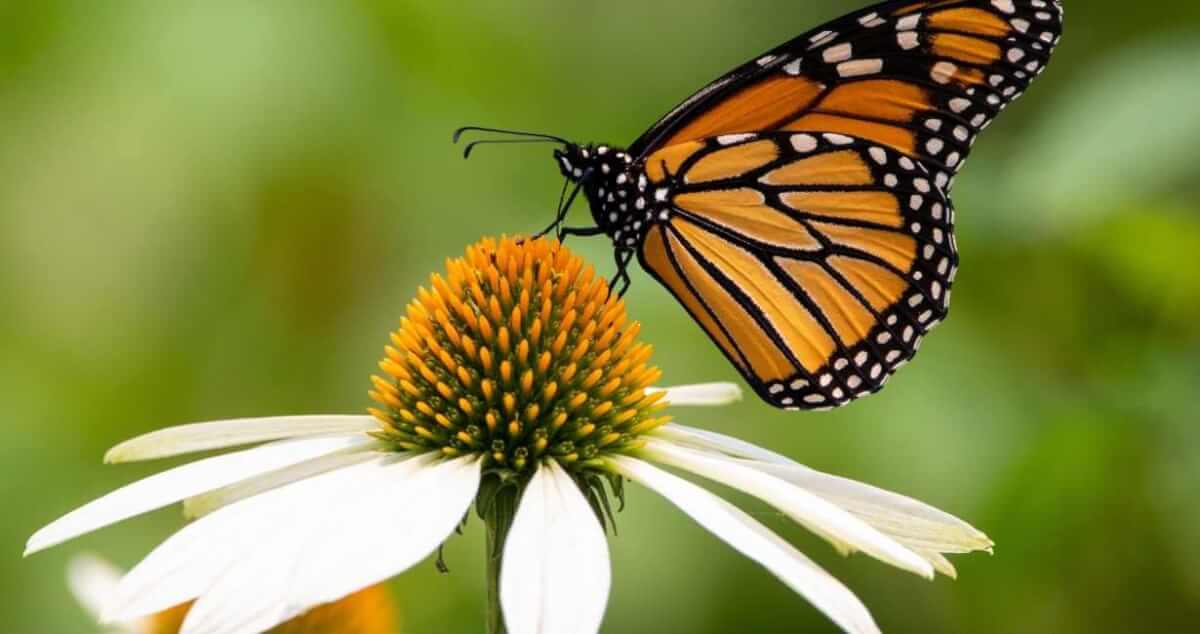
Butterflies add beauty and interest to our gardens. Making an effort to attract them also helps to protect a species threatened by climate change and global habitat destruction.
Wildflower and butterfly expert Geyata Ajilvsgi notes in her book Butterfly Gardening for Texas, “[…] there is much that the home gardener can do to take up the slack by providing these creatures with new areas where they can breed, find food, and lay eggs for future generations.”
Butterfly Garden Tips
If you’d like to start a butterfly garden in your own North Texas yard, keep the following in mind:
- Include both nectar plants and host plants. Nectar plants are a food source for adult butterflies. Host plants are where butterflies lay their eggs. Once eggs hatch, larvae feed on the host plant vegetation.
- Most butterfly plants require full sun and well-draining soil. If you are building a butterfly garden from scratch, situate it where the plants will get at least 6 hours of direct sun per day, and amend the black clay ground soil with high-quality compost and expanded shale. (Plants for part-shade and shade noted below.)
- Make sure butterflies have a source of water. Bird baths, fountains, ponds, and even a bare patch of soil where water can collect are sources of water that will keep butterflies happy and healthy.
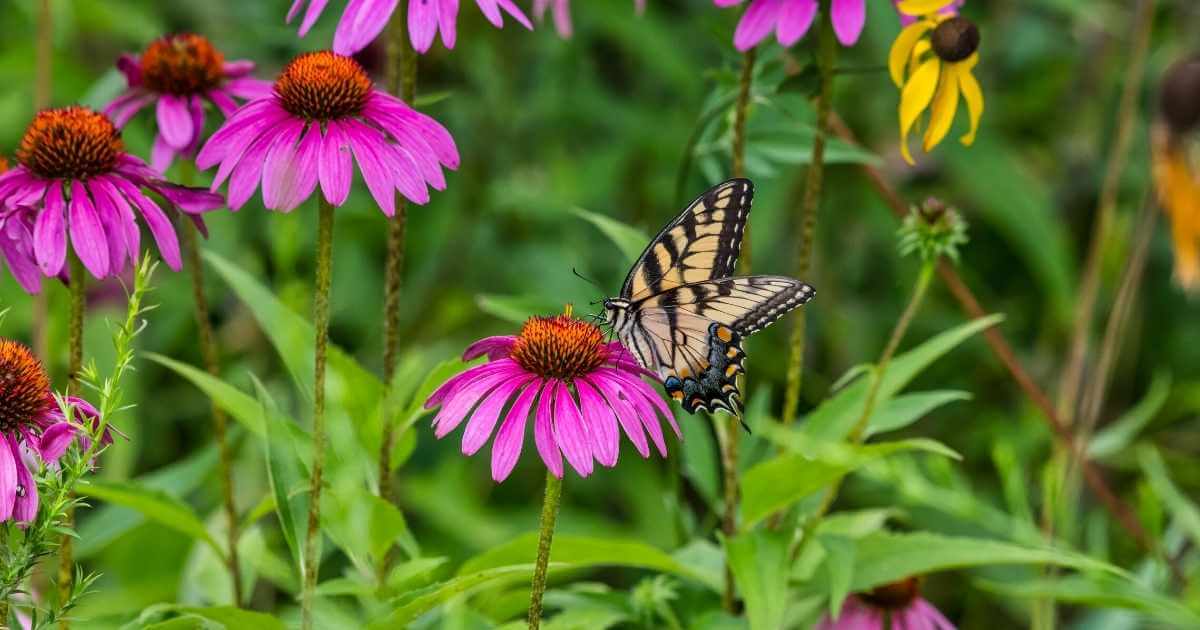
21 Plants For Your North Texas Butterfly Garden
N = nectar plant, H = host plant
-
- Salvia ‘Phyllis Fancy’ (N)
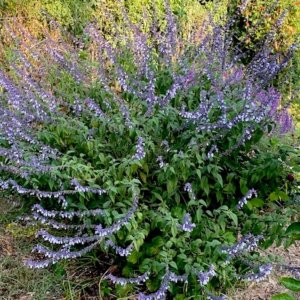
This salvia is thought to be a cross between Mexican bush sage (Salvia leucantha) and Chiapas Sage (Salvia chiapensis). I received. it as a cutting from Roseanne Ferguson, a fellow master gardener and the lead propagation volunteer at Texas Discovery Gardens. - White mealy cup sage (N)
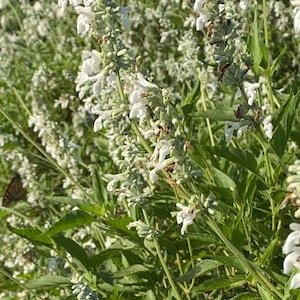
The Farmers Branch Rose Garden boasts a beautiful butterfly garden that attracts thousands of Monarch butterflies in the fall. Of all the plants in the garden, the monarchs flocked to this White Mealy Cup Sage. - Milkweed (H)
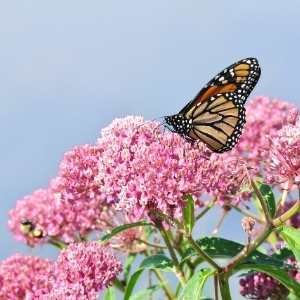
There are a number of different kinds of milkweed that will grow well in North Texas. Swamp milkweed is pictured. Another milkweed common in Texas is antelope horn milkweed. - Summer phlox (N)
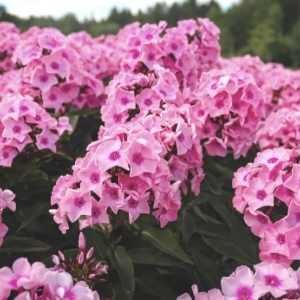
Phlox is a stunning perennial plant and very good butterfly attractor that deserves a place in every North Texas garden. Texas A&M named Phlox ‘John Fannick’ a Texas Superstar for its superior performance in Texas landscapes. - Frostweed (N, H)
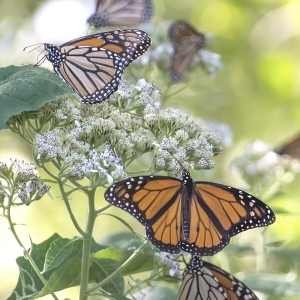
One of the best butterfly plants. Especially good for attracting monarchs. Regularly re-seeds. Blooms from August to November. Prefers dappled shade. - Hummingbird bush (N)
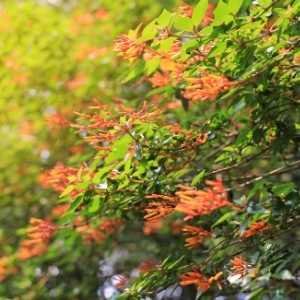
Hummingbird bush is a drought-tolerant, native plant that grows best in full sun locations. It’s a favorite of both butterflies and hummingbirds, providing a great source of nectar. - Dill (H)
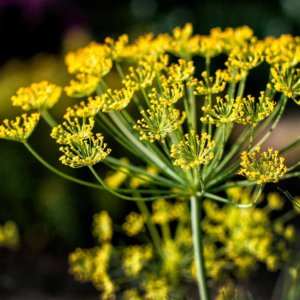
In North Texas, dill grows best during winter and early spring. Once the heat arrives, dill will quickly go to seed. Don’t pull it out, though. Leave blooming dill plants in place. They are wonderful butterfly host plants. - Verbena (N)
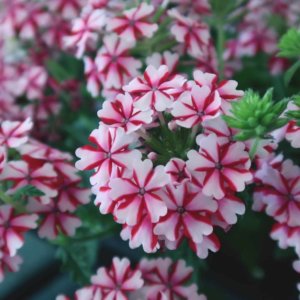
Verbena is an easy-to-grow perennial known for its drought and heat tolerance. It is available in a wide variety of colors and growth habits. Look for ‘Blue Princess’ verbena. It’s a Texas Superstar. - Purple coneflower (N)
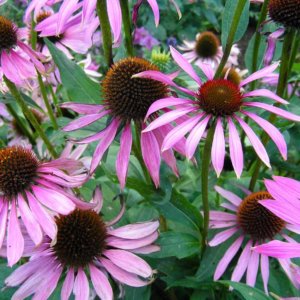
Purple coneflower is one of my favorite plants. A true must-have for any Texas perennial garden. Coneflower performs best when given plenty of sun and not over fertilized or over-watered. - Vitex (N)
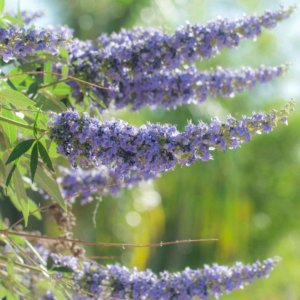
One of the best small trees for North Texas. In late spring, trees are heavily covered with lavender blooms that butterflies love. - Lantana (N)
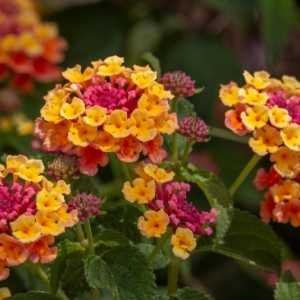
Give lantana plenty of sun, plenty of heat, and stand back. Profuse blooms on low-growing plants attract butterflies all summer long. - Black-eyed susan (N)
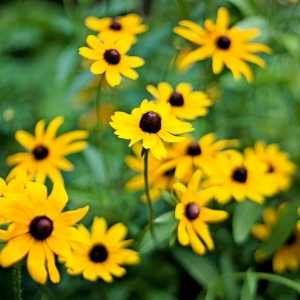
Black-eyed susans look spectacular when planted in mass. Add a large grouping of black-eyed susans to your butterfly garden and enjoy bright yellow blooms that will stop traffic. - Goldenrod (N)
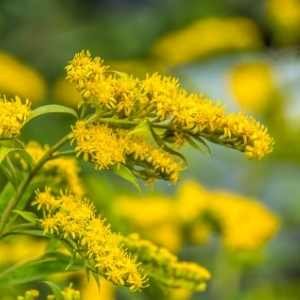
A Texas native, goldenrod can be found growing happily along Texas roadsides. Though goldenrod can cause problems for allergy sufferers, it’s one of the best nectar plants you’ll ever find. - Tithonia (Mexican sunflower) (N)
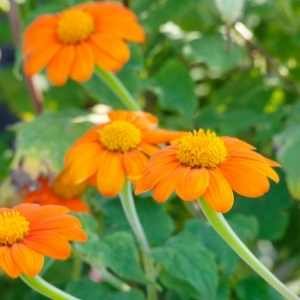
I love this plant! I don’t know why it’s not more popular. Super easy to grow from seed, tithonia is a favorite of butterflies and makes an excellent cut flower. - Blue mistflower (N)
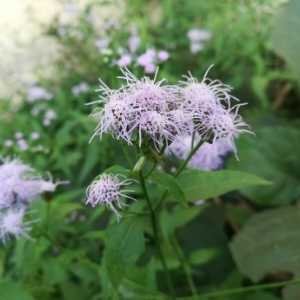
Blue mistflower is one of the top plants for attracting bees and butterflies. Grows to three feet tall and tolerates heat, but needswatering during periods of drought. Will die back during cold winters, but comes back quickly in the spring. - Butterfly
weed (Ascepias tuberosa) (H)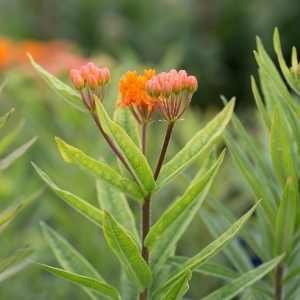
Butterflyweed is probably the most famous of butterfly host plants. It is a native American wildflower and grows well in dry, poor soils. - Passion Vine (H)
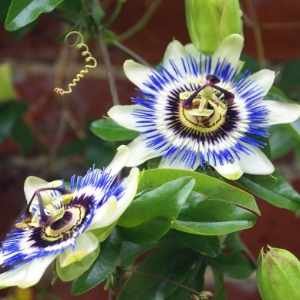
Passion vine is a butterfly host plant and boasts stunning, artistic blossoms through the summer. The vine can be aggressive, so take care not to let it take over your garden. - Mexican Flame Vine (N)
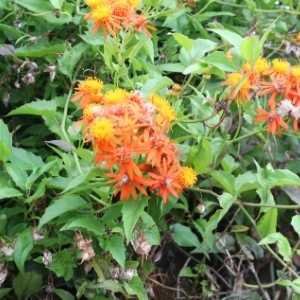
Incredibly beautiful orange blooms cover this vine in the summer. A favorite of pollinators. Grows quickly and isn’t picky about soil, but needs good drainage. - Turk’s cap (N)
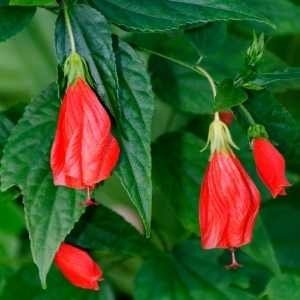
One of few butterfly plants that will tolerate shade. Turk’s Cap makes a wonderful filler for shady areas. - pinch central leader when they reach 12 inches tall.
- Salvia ‘Phyllis Fancy’ (N)
- Salvia regla (Mountain sage) (N)
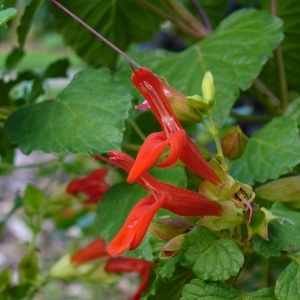
Salvias love North Texas conditions. Mountain Sage blooms late summer until frost with tubular red flowers that are a favorite of hummingbirds, too.
More Butterfly Garden Resources
Texas Discovery Gardens Plant Sales – The best resource for perennial, native, and pollinator-attracting plants in Dallas. Members get priority access to sales.
The Dallas County Lepidopterists’ Society, dallasbutterflies.com
Butterfly Gardening for Texas by Geyata Ajilvsgi
- Can Eating Tomatoes Help Prevent Weight Gain? New Study Says Yes - May 25, 2025
- New to Gardening? Join Our Step-by-Step Beginner Gardening Class - April 24, 2025
- Why “Intensive” Gardening is Not Good - March 9, 2025

